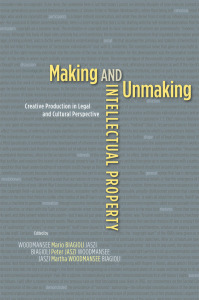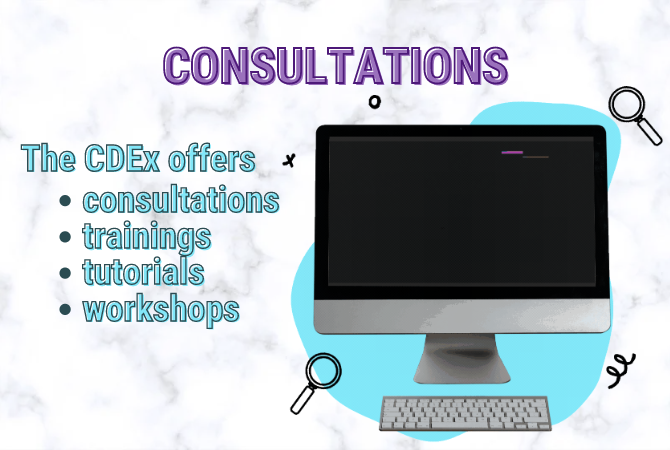
In the age of Open Access, Open Education, and Web 2.0, copyright and fair use can be tricky to navigate for both students and faculty. It’s true that videos and music are easy to download and that a website’s text is easy to copy and paste. But it’s still our ethical and legal responsibility to make sure we have the proper permission to use someone else’s images, music, animations, and text inside our own new media compositions before we share, post, or publish them.
The following sections provide an overview of Processes, Tips, Tools, and Resources for working with copyright and fair use.
Getting Started
What is copyright? Copyright is a form of intellectual property, enforced through laws that enable the creator of an original work to receive compensation for their intellectual work (usually for a limited period of time).
What is Fair Use? Fair Use allows for a limitation and exception to copyright law. In other words, you can use someone’s work without asking their permission or paying a royalty fee. Examples of Fair Use exemptions include parody, criticism, commentary, search engines, research, teaching, library archiving, and scholarship. Typically, Fair Use can be judged on four factors: purpose and character; nature of the copied work; amount and substantiality; and effect upon work’s value.
Educate yourself about your institution’s copyright and fair use policies (librarians are a great resource for questions about copyright). TCU’s IT website has a page on Copyright and Plagiarism (includes information on fair use).
Here are a few quick and easy tips to keep in mind as you and your students work with potentially copyrighted material:
- Download and share the “Know Your Copy Rights” brochure produced by the Association of Research Libraries (ARL) under a Creative Commons Attribution-NonCommercial 2.5 License.
- Always ask your students to be ethical scholars and properly cite their materials used in projects.
- Model ethical citation for your students in your own work, both in and out of the classroom.
Tools
Take control of your intellectual work and create a Creative Commons license for your work. Students and faculty alike can license their projects.
Online evaluator that helps you how to determine the “fairness” of a use under the U.S. Copyright Code.
Take control of your intellectual work and create a Creative Commons license for your work. Students and faculty alike can license their projects.
Online evaluator that helps you how to determine the “fairness” of a use under the U.S. Copyright Code.
And, before we let you go, we’d like to provide a number of additional resources regarding Copyright & Fair Use. Below you’ll find videos, infographics, and a brief bibliography of suggested reading on the subject.
Videos
“Copyright and Fair Use Animation” from Common Sense Media:
“How YouTube thinks about copyright” TED Talk by Margaret Gould Stewart:
Infographics

“The Good News about Library Fair Use” by ARL, American University’s (AU) Washington College of Law, and AU’s School of Communication:
Books

Stolen Words: The Classic Book on Plagiarism (2001). By Thomas Mallon.

Reclaiming Fair Use: How to Put Balance Back in Copyright (2011). By Patricia Aufderheide and Peter Jaszi.

Making and Unmaking Intellectual Property: Creative Production in Legal and Cultural Perspective (2011). Edited by Mario Biagioli, Peter Jaszi, and Martha Woodmansee.
